Colònia de Sant Jordi - a place that has developed quietly, almost as if it had wanted to hide for a long time. But today it is here, right in the spotlight on the south-east coast of Mallorca. And if you walk through the alleyways filled with the scent of pine trees, it is hard to believe that this coastal town was once only known for its salt. Yes, you heard that right: salt was big business here before the sun and the sea took over the leading roles.
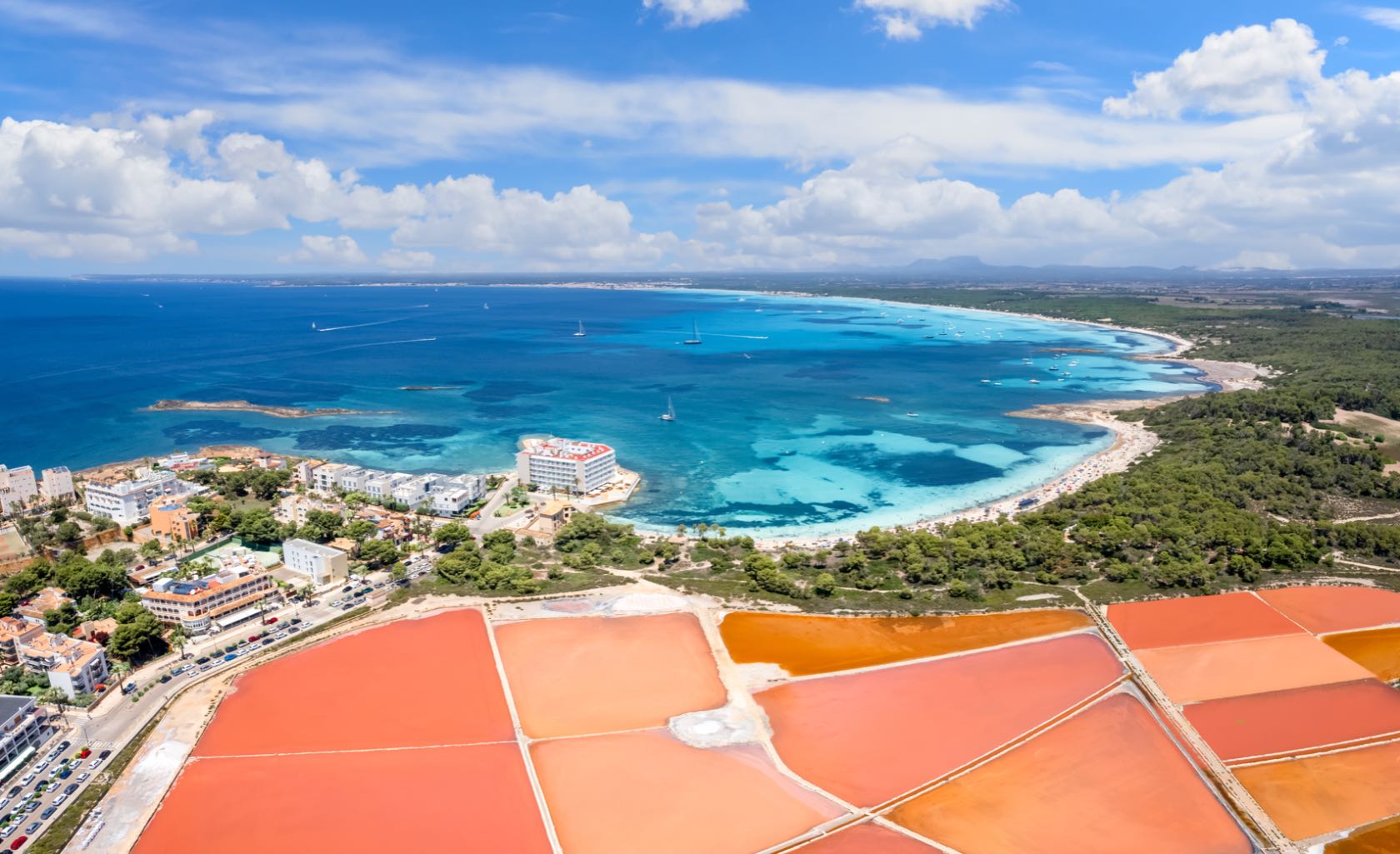
The beginnings: salt as far as the eye can see
In the past, much earlier, when hardly any tourists had set foot on the coasts of Mallorca, everything here revolved around salt. The Romans already knew what they were doing when they built the salt pans - after all, salt was the gold of antiquity. The fields of Es Trenc shimmered in the sun, the residents worked hard to extract the "white gold". No Instagram, no sun loungers - just mountains of salt, fishing boats and the hot Mediterranean sun.
The years passed and the salt business remained, but Colònia de Sant Jordi grew slowly. It was a place for the locals, the fishermen and salt farmers. But then, as so often in the history of Mallorca, tourism arrived - and with it began a new phase.
The 1960s: the beginning of the transformation
In the 1960s, the first curious travelers set eyes on the pristine beaches of the area. They discovered Es TrencThis incredibly long sandy beach looks like a piece of the Caribbean has been transplanted into the Mediterranean. The crystal clear, turquoise blue water and the fine, white sand acted like a magnet. The first hotels shot up and suddenly Colònia de Sant Jordi was no longer just the place for salt - it was the place to unwind.
But the transformation happened carefully. Colònia de Sant Jordi was never overrun like other places on the island. The salt pans and fishermen remained here, and a certain charm of simplicity remained, even when the promenade came to life with restaurants and cafés.
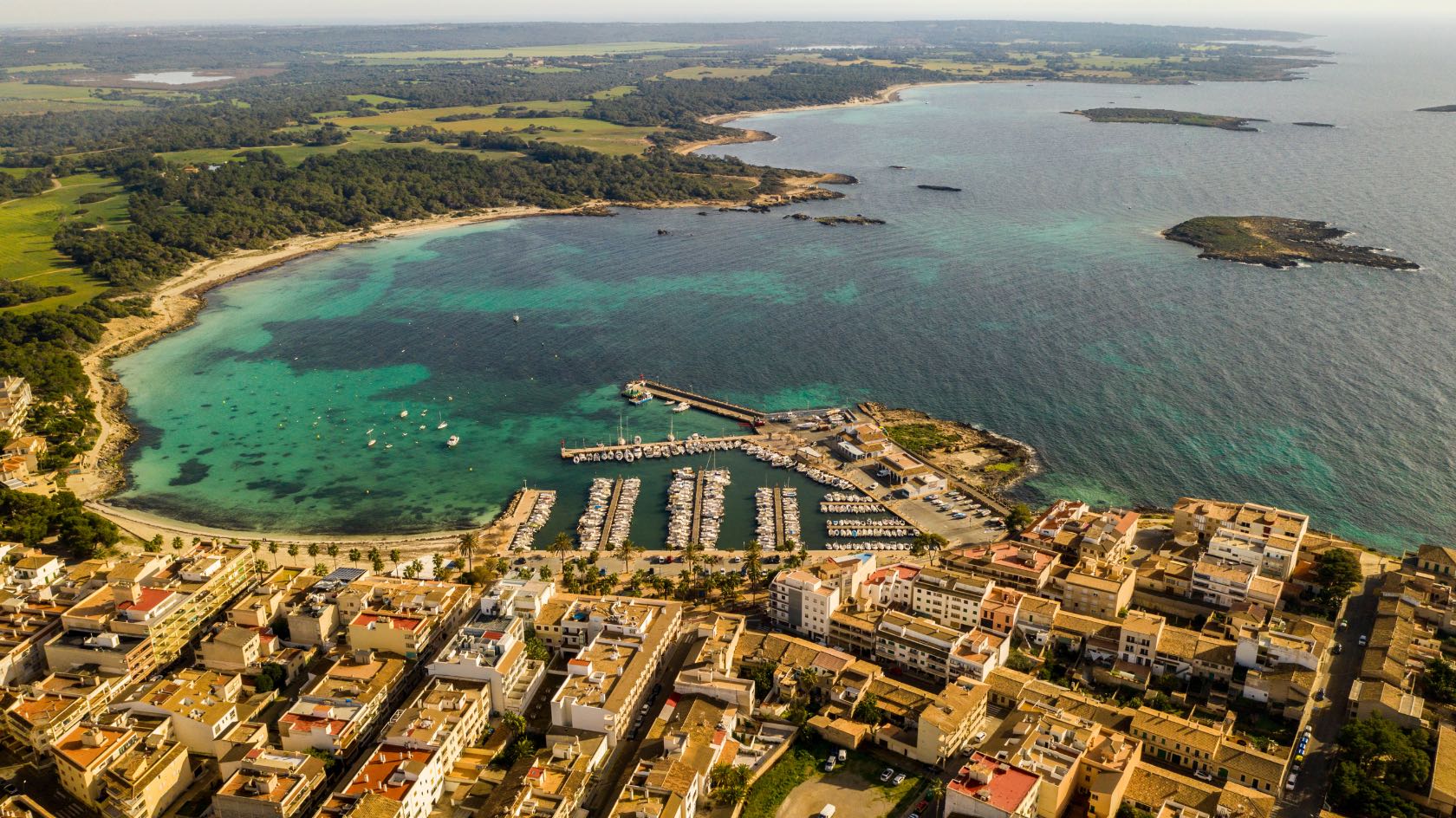
The 1980s: nature and tourism in harmony
The 1980s brought a new dimension to Colònia de Sant Jordi - nature discovered its place in history. With its proximity to the Cabrera National Parkone of the last untouched natural paradises in the Mediterranean, the place increasingly attracted nature lovers and hikers. They came to experience the solitude of the small islands, to go diving or simply to enjoy the tranquillity that leaves the hustle and bustle of the mainland behind.
And while the world changed, Colònia de Sant Jordi remained a place that maintained a balance between tourism and nature, between past and present. The old salt pans, still glistening in the summer heat, became a landmark - a silent witness to history.
Today: Between natural paradise and beach dreams
Today, Colònia de Sant Jordi is a place that has many faces. The old harbor remains and the boats are still moored in the calm waters, but they no longer only go out for fishing. The beaches, first and foremost Es Trencattract visitors from all over the world seeking the unspoiled beauty of this area. The Cabrera National Park is just a short boat ride away and offers an oasis of tranquillity that feels like stepping back in time.
But despite the new hotels, the modern cafés and the streams of tourists, Colònia de Sant Jordi has never forgotten its roots. The scent of salt is still in the air, the old salt pans sparkle in the sun and if you look closely, you will discover the old village that still exists beneath the surface.
isla Reading tip:

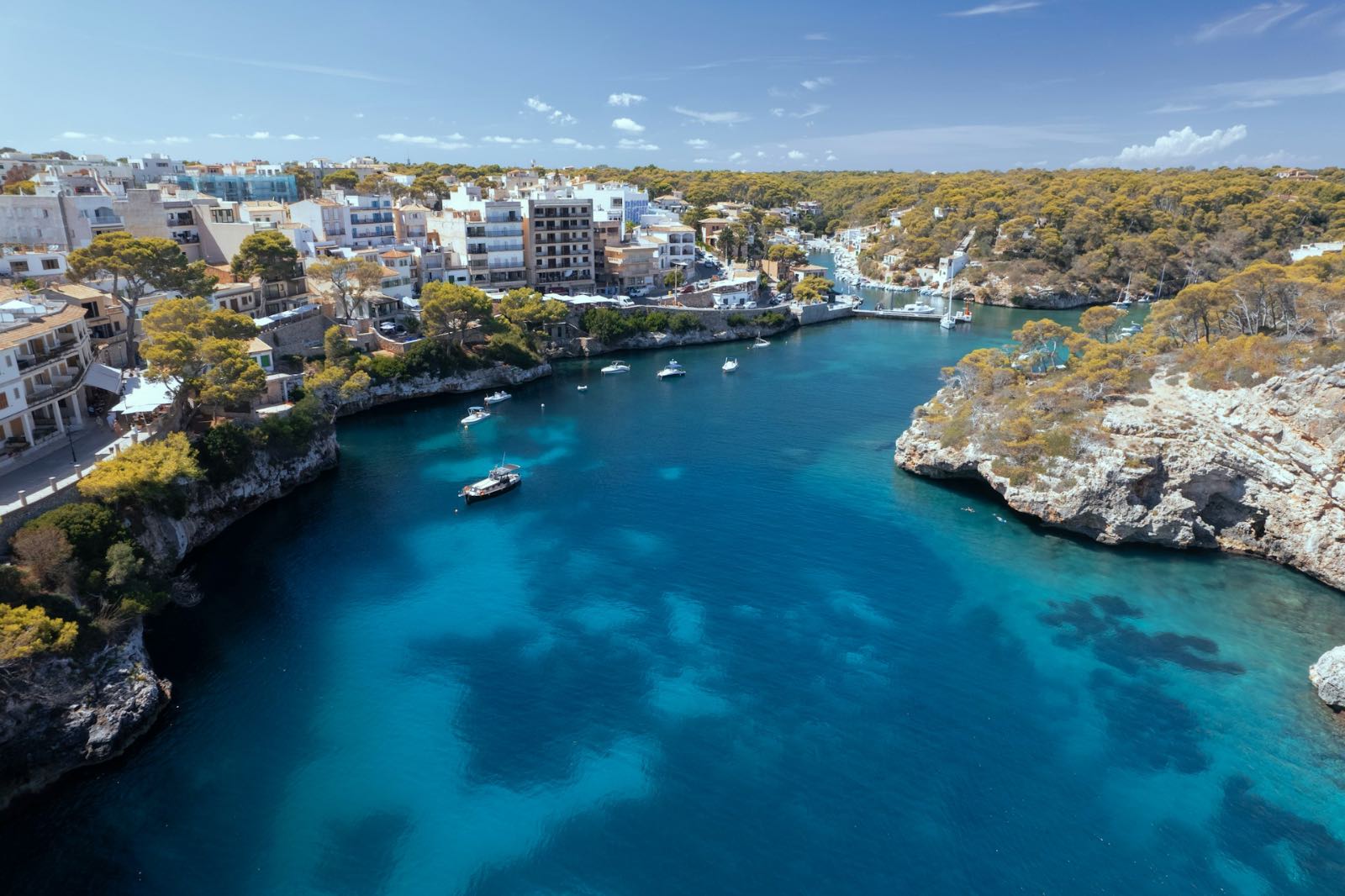
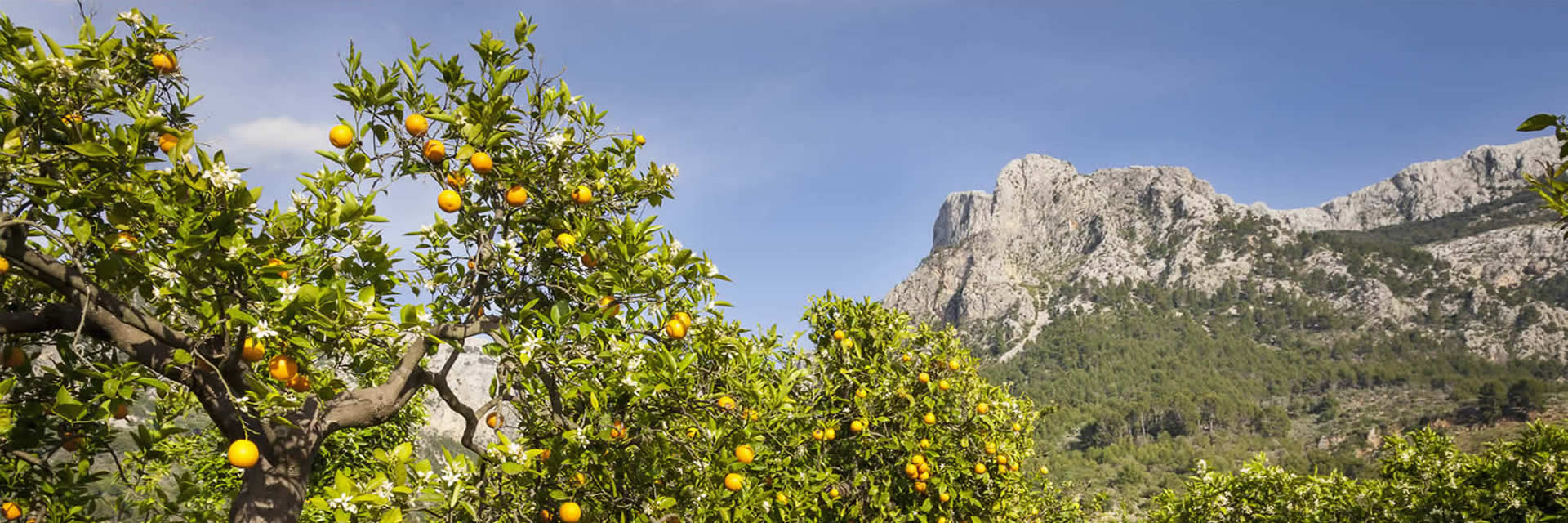
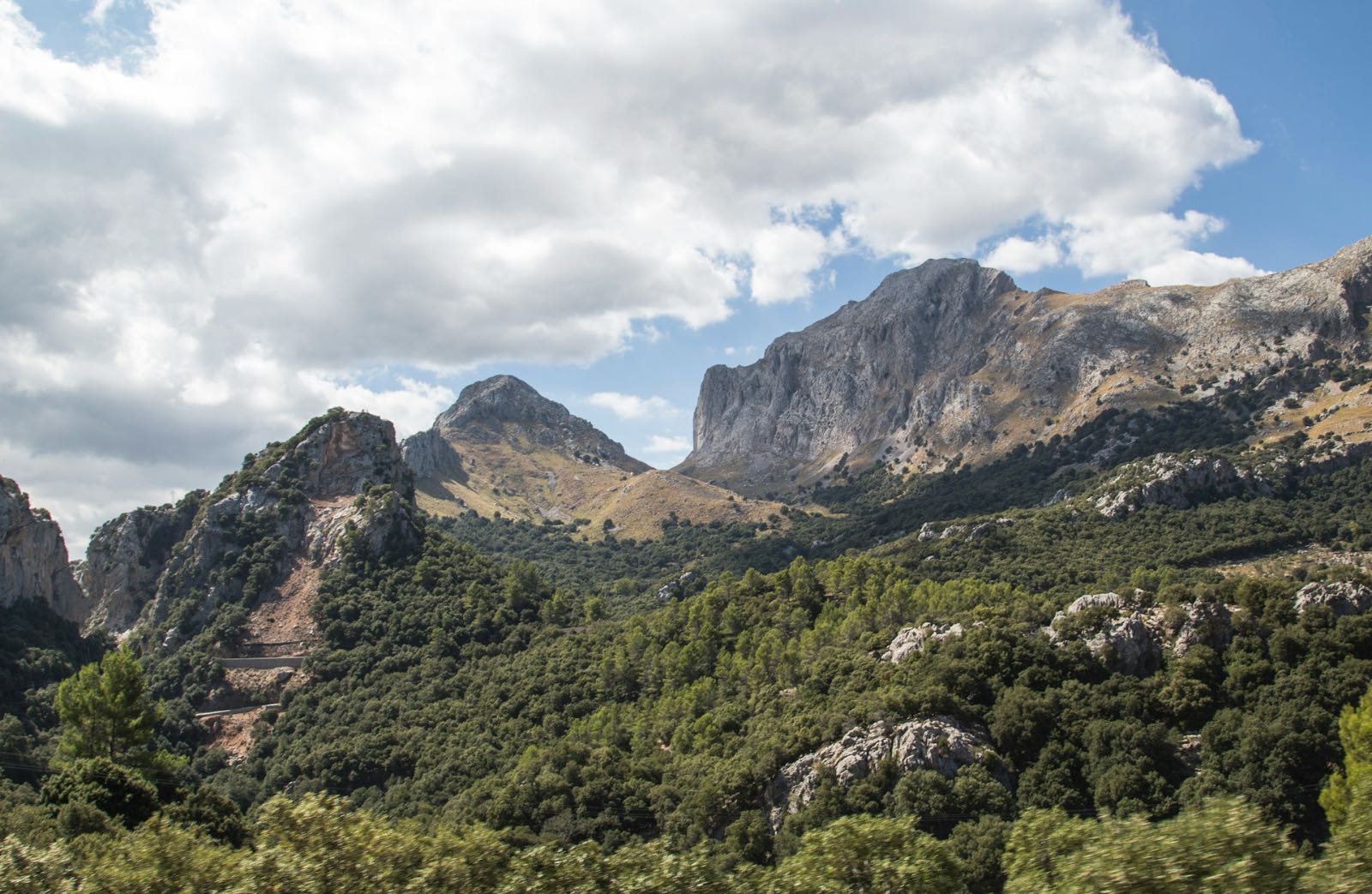
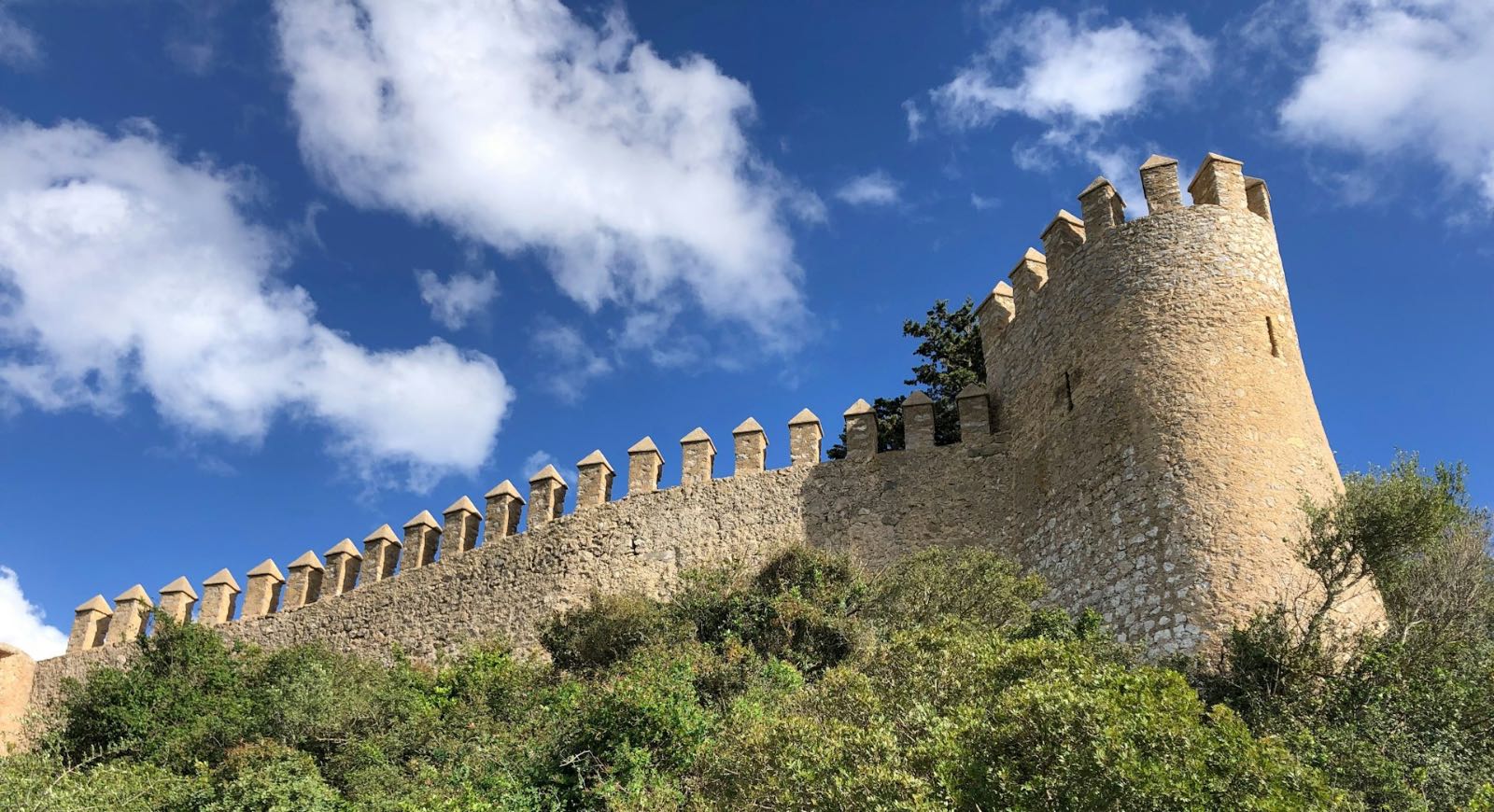
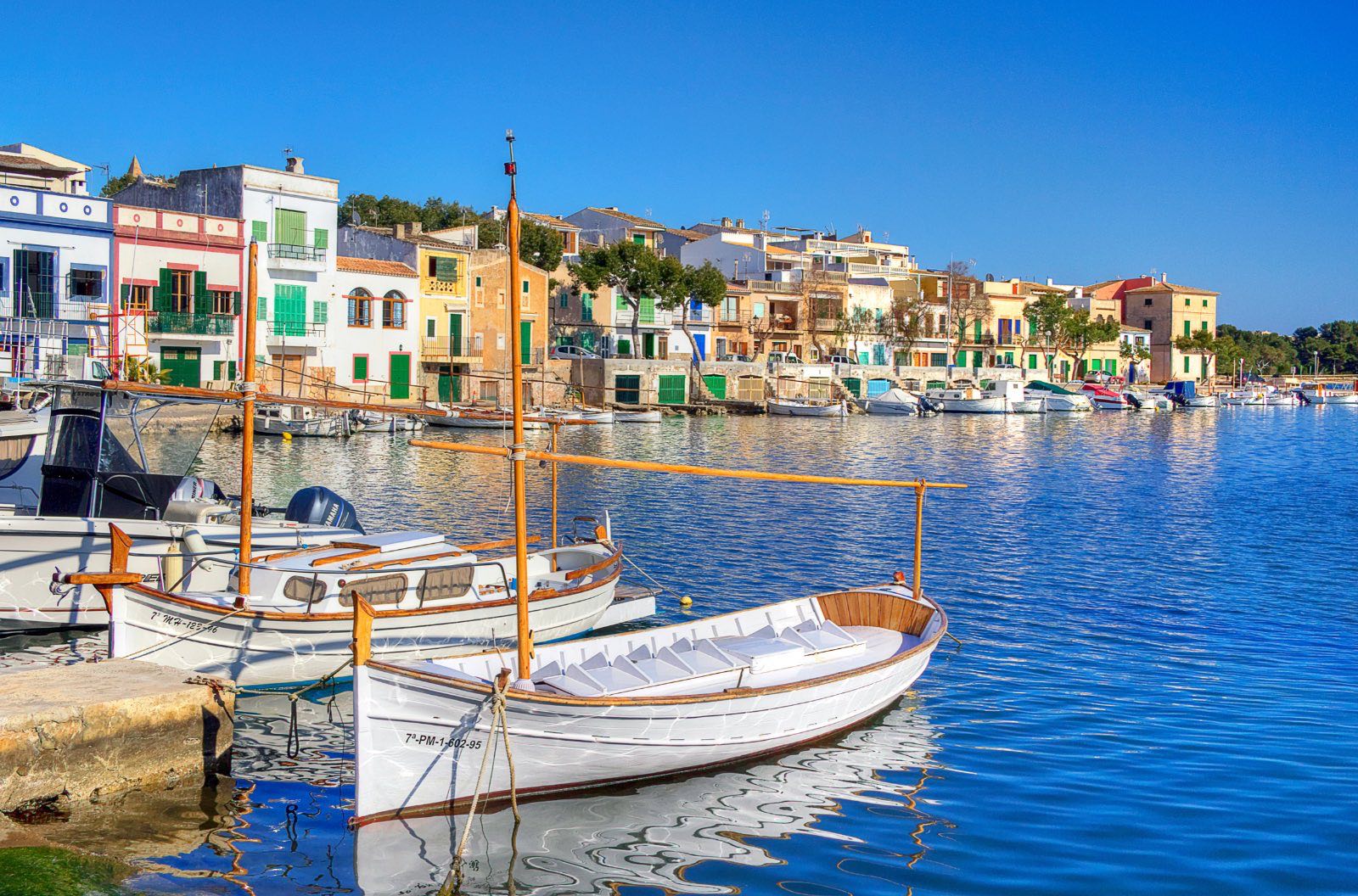
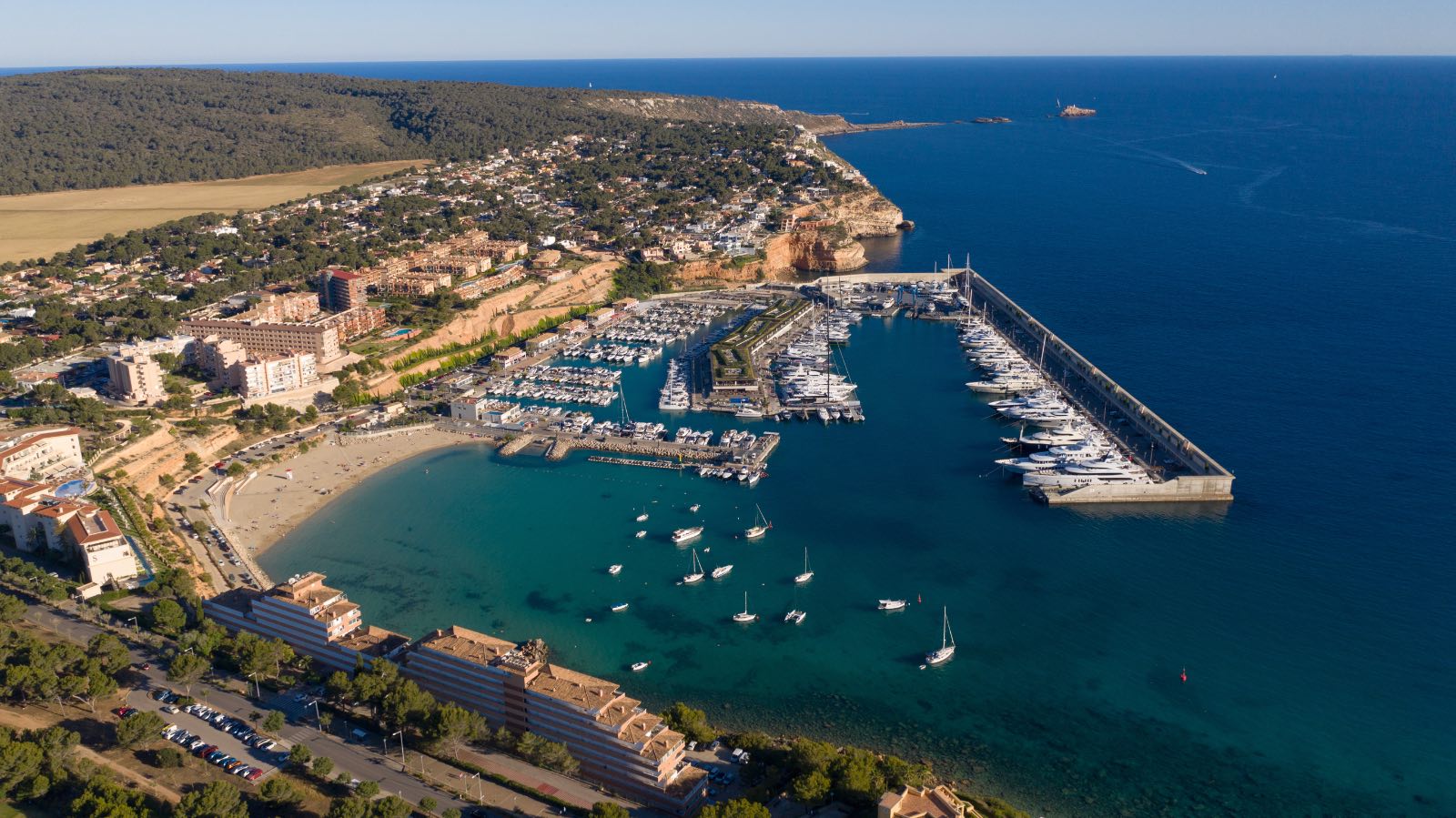
0 Comments